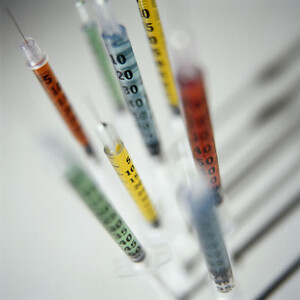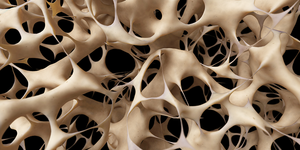DSM says that studies done at its R & D laboratories in Groningen, The Netherlands, show that its extreme density (XD) technology boosts bioreactor productivity and titers of mammalian cell culture processes for protein and antibody production. The studies show that the yields from Chinese hamster ovary cell cultures can be increased 5-10 fold over their previous fed-batch processes using only off the shelf, commercially available media.
High yields and human-like glycosylation with DSM’s technology
Biosimilars/News
|
Posted 05/08/2009
 0
Post your comment
0
Post your comment
“The XD Technology has been tested for antibody and recombinant protein production across multiple cell lines, and the increase was realized in all cases,” says DSM. By increasing the cell density of a culture, the technology offers the opportunity to substantially increase titers in a short time without changing the cell line or process media. This can cut costs of a project already advanced in clinical development and prevent loss of time. This opens the door to a completely novel way of supplying drug substance for clinical trials and for market needs.
With DSM’s XD process you can triple the yield of your process, extend the capabilities of your fed-batch process or plant, and achieve unmet yields, e.g. 12 g/L for standard IgG based on CHO, or 27 g/L for standard IgG based on PER.C6 cell line. The advantages of DSM’s PER.C6 Technology are that you get human-like glycosylation, rapid development, regulatory acceptance (Biologics Master File, BMF) and high yields.
DSM Biologics has co-exclusive rights with Crucell to license the high-producing PER.C6 human cell line as a production platform for recombinant proteins and monoclonal antibodies. The combination of the PER.C6 human cell line and DSM’s manufacturing services provide companies with biological manufacturing solutions which help you to reduce cost, risk and time to market.
Lonza has entered into a co-exclusive global manufacturing, sales and distribution agreement with Crucell for Permexcis, a cell culture medium developed by Crucell for PER.C6 cells. According to the agreement, Lonza will manufacture, market and sell the medium globally. The Permexcis medium is a chemically defined cell culture medium that does not contain human-derived or animal-derived components and has been designed for use in the large-scale manufacture of biopharmaceutical products, including vaccines.
Lonza and Teva have agreed to establish a joint venture to develop, manufacture, and market a portfolio of biosimilars. The joint venture is starting up after obtaining regulatory approval of the European Commission. The companies will focus on efficacious, and safe generic equivalents of certain biological pharmaceuticals, but will explore other possibilities in biosimilars beyond the scope of the joint venture.
Source: Chemical Week, Pharmaceutical Manufacturing News
Research
Reaching ESG goals in pharmaceutical development
What is the future for the US biosimilar interchangeability designation
General
Samsung Bioepis wins Pyzchiva case; Regeneron patent rulings threaten foreign biosimilars
Chinese biosimilars go global: growth, partnerships, and challenges
EMA recommends approval for four biosimilars targeting three therapies

Biosimilars/News Posted 10/10/2025
FDA approves first interchangeable rapid-acting insulin biosimilar, Kirsty

Biosimilars/News Posted 03/10/2025
The best selling biotechnology drugs of 2008: the next biosimilars targets







Post your comment